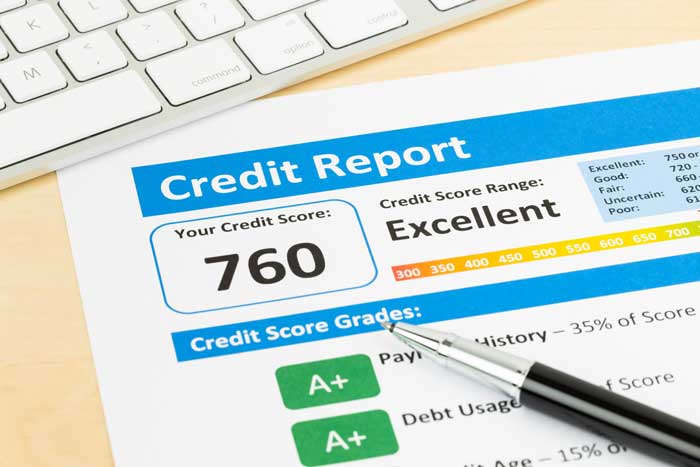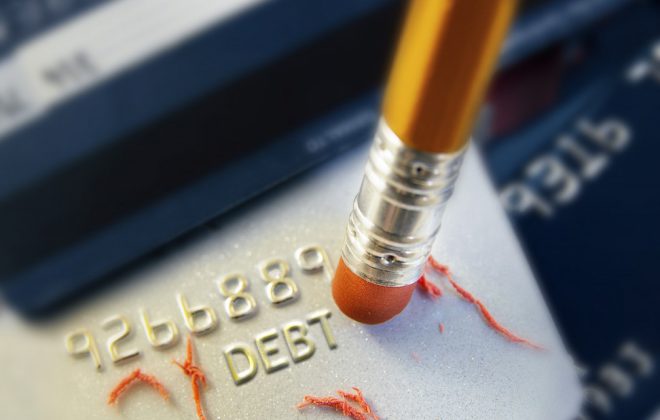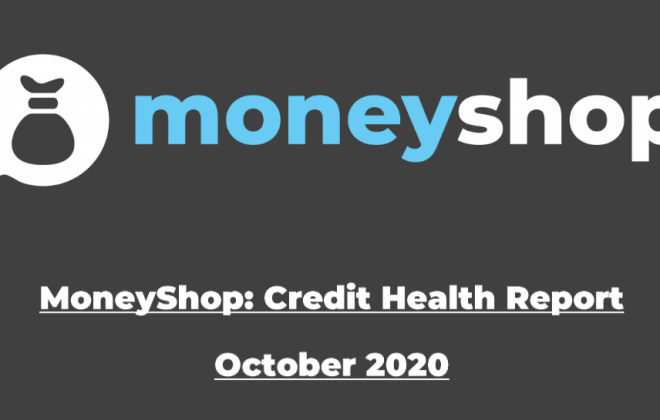How do I read a credit report?
If you’re reading this, then you know that both your credit report and credit score are important. How do you read a credit report unless you are a credit expert, you probably have two important questions:
- Is my credit report good or bad?
- What do all the items on my credit report mean?
Firstly, you need to know that you’re not alone. Unless you have a degree in maths or finance, it is unlikely that at first glance all the numbers on your credit report would make much sense to you. But it isn’t that complex, so let us help break down how to read a credit report for you.
A typical credit report usually includes the following (though this varies from bureau to bureau):
1) Credit Score
2) Account data – which credit accounts you have and your payment history
3) Public data – judgements, admin orders, debt counselling, deeds list
4) Personal data – your address, employment details, contact details
Here’s more about each one:
1) Credit score
Each credit bureau creates its own credit score. Typically, it is a three digit number between 0 and 999. The higher the score, the better. Each bureau differs how they calculate their score, but really it is a way to summarise all the data they have on you into one single number. Generally speaking, a credit score of around 650 or more is considered ‘Good’, while a score below 400 is considered ‘Bad’. Any score in-between would be considered ‘Average’.
2) Account data
The account data section is really a list of all your active credit accounts on your profile. Broadly this data is split into two sections:
Balance information
In the balance information section, you will see who the account is held with (e.g. ‘ABSA Credit Card‘, ‘Nedbank Loan’) and this will tell the credit bureau what type of account it is (e.g. is it a ‘loan‘, ‘store card’, ‘vehicle finance’ etc.). Secondly, you’ll see all your different items of balance information.
The two most important balance items are your credit limit and your current balance. All credit bureaus look at how much of your credit limit is actually being used. For example, if you have a credit card with a credit limit of R40000 and you are only using R10000, then this is considered ‘Good’. However, if you are over your limit and are actually using R45000, then this is considered ‘Bad’. For a good credit score, you want to try and use on average less than 50% of your assessed credit limit.
Repayment history section
The repayment history section is arguably the most important part of your credit report. It shows up to 24 months’ worth of repayment history on your accounts. This is often referred to as ‘Positive data’ as it can actually work in your favour to have a few credit accounts, and then repay them in full each month. However, if you have a history of late payments, this will reflect poorly on your credit score.
Usually this section is shown as a series (or string) of blocks – each block represents one month’s worth of repayment history. Each block will usually then be coded either with a colour or number. The colours or numbers represent how up-to-date, or late, your payment was in that month. In your free MoneyShop Credit Report green means paid up to date, while red means three months late.
3) Public data
Credit bureaus are able to access various source of public data. The most common is data that comes from courts, and this is usually referred to as a ‘Judgement’. You will have a judgement next to your name if in the past five years a court judgement has been given against you where you have been ordered by a judge to repay a debt. The judgement will typically show the date and amount of the judgement against you, as well as who brought the judgement against you. Having a judgement against you is often referred to as being ‘blacklisted’. Having a judgement is, therefore, clearly not good for your credit score.
Other public data that you may see is:
– Debt counselling detail – if you have ever engaged with a debt counsellor
– Admin orders or sequestrations – these are actually just different versions of a Judgement
– Deeds list information – if you own a property, this could actually be good for your credit score
4) Personal data
This is probably the least important part of your credit report (at least from a credit risk assessment perspective). You will see a lot of information about you, like where you live, where you work, and what your contact details are. This data is not really used to assess you for credit, but more often it is used as a way to validate who you are and to avoid fraud risks.
What’s the bottom line?
Your credit report and credit score are probably your most important financial assets. We highly encourage you to access your MoneyShop Credit Report free of charge (click here) and start learning how to read a credit report and fully understand your credit report, as a start to improving or maintaining your credit score.
Regards,
Mike Kann
Mike Kann





